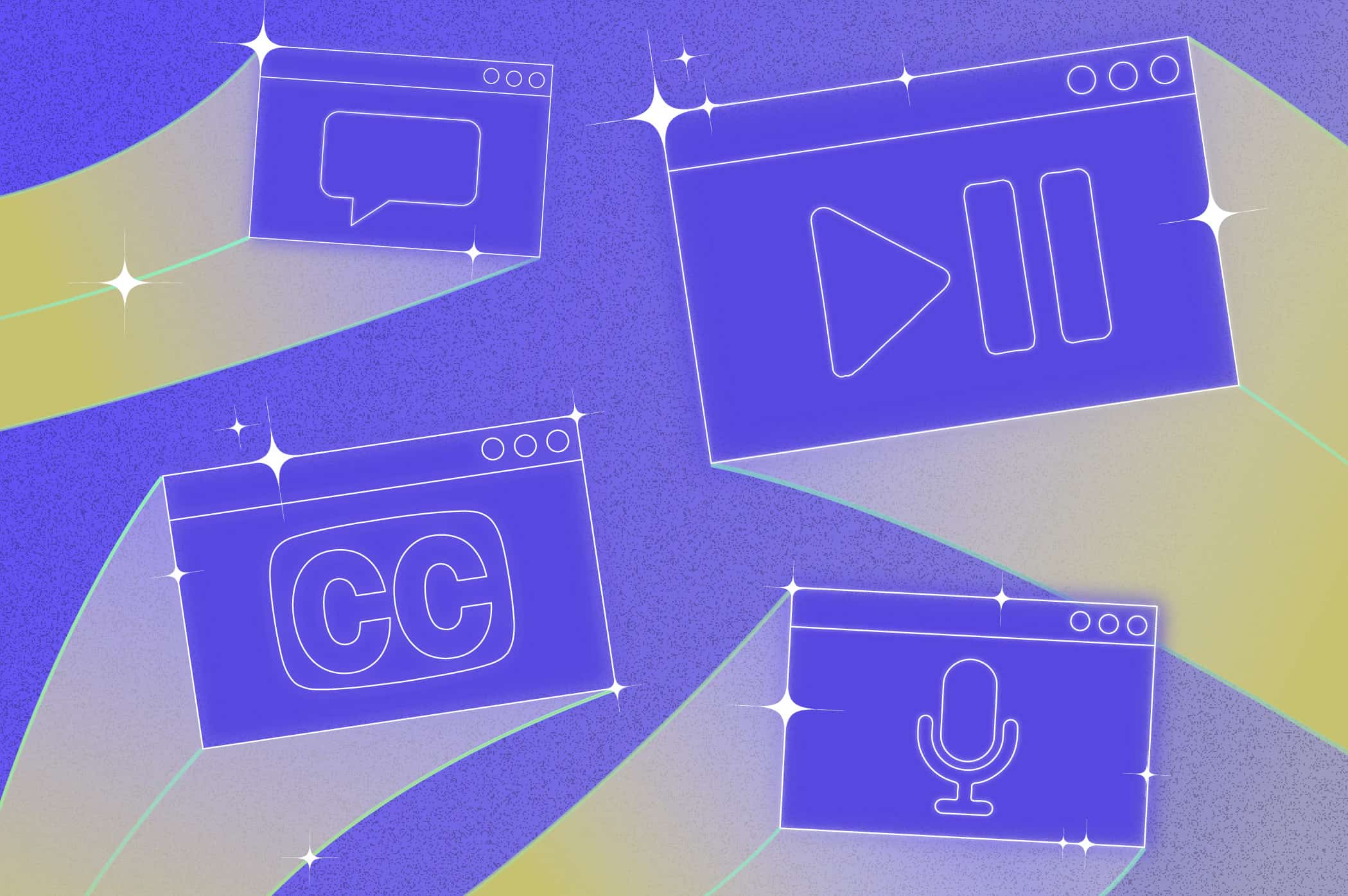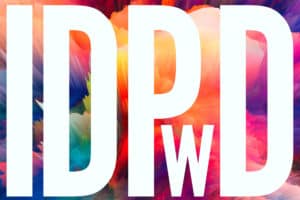
COVID-19 Pandemic Shines a Spotlight on Accessibility
Deaf and hard-of-hearing communities have encountered significant communication barriers during the current on-going COVID-19 pandemic.
First, many rely on lip-reading, which a mask typically obscures. Also, sign languages across the world rely on facial expressions to convey tone, intensity, meaning and whether something is a question or statement.
Another visual language tool used by those who are Deaf or hard-of-hearing is Cued Speech, which uses handshapes, placements, and mouth movements. All of these communication methods require facial expression, which traditional face masks conceal.
Thankfully, great innovators have pushed to solve the problem, and some large entities – companies, hospitals and governments – have been receptive to supporting accessibility initiatives.
Clear, accessible face masks
Apple worked with Gallaudet University to develop masks with a clear plastic panel that the company is distributing to its corporate and retail employees. Apple conducted research and testing to find the materials that filter the air properly and do not disrupt the supply of medical personal protective equipment.
The UK government ordered 250,000 clear face masks from ClearMask for their NHS and social care workers on the frontline. The ClearMask masks also boast an anti-fogging barrier to further ensure the face and mouth are always visible.
Australian costume designer Tracey Nuthall was an early innovator in this pandemic, creating an accessible face masks. Her father, who is hard-of-hearing, inspired her efforts. There are also plenty of other organizations and individuals now manufacturing accessible face masks.
Interpreters for public broadcasts
It’s not just masks that have created communication barriers during the coronavirus pandemic. During this time, very important public health information has been distributed by government and health officials and relayed via broadcast news. There’s been an outcry for more interpreters at informational press conferences and high-quality captioning on news broadcasts.
Deaf Australia CEO Kyle Miers has said, “What’s constantly highlighted is that we can rely on captions. But if you’ve got live captions, there’s often many mistakes that are made. It really affects the accuracy.”
In the United States, the National Association of the Deaf’s Chief Executive Officer Howard Rosenblum explained that US federal law requires live national broadcasts to provide captioning, but only the top 25 markets in the US provide live captioning for news broadcasts. He went on to say that the live news broadcast captioning in the US is ‘usually’ not accurate, as “most of them recycle the teleprompter script as captioning, and that does not include breaking news, which is what most emergency broadcasts entail.”
Everyone’s responsibility
When it’s critical that everyone receives information, it’s essential that governments, broadcasters and companies work to ensure information is accessible to all.
For more accessibility-related articles, visit the Accessibility page on our blog.
If you’d like more information on Ai-Media’s captioning, or our range of accessible media services, just contact our team or visit our website.










